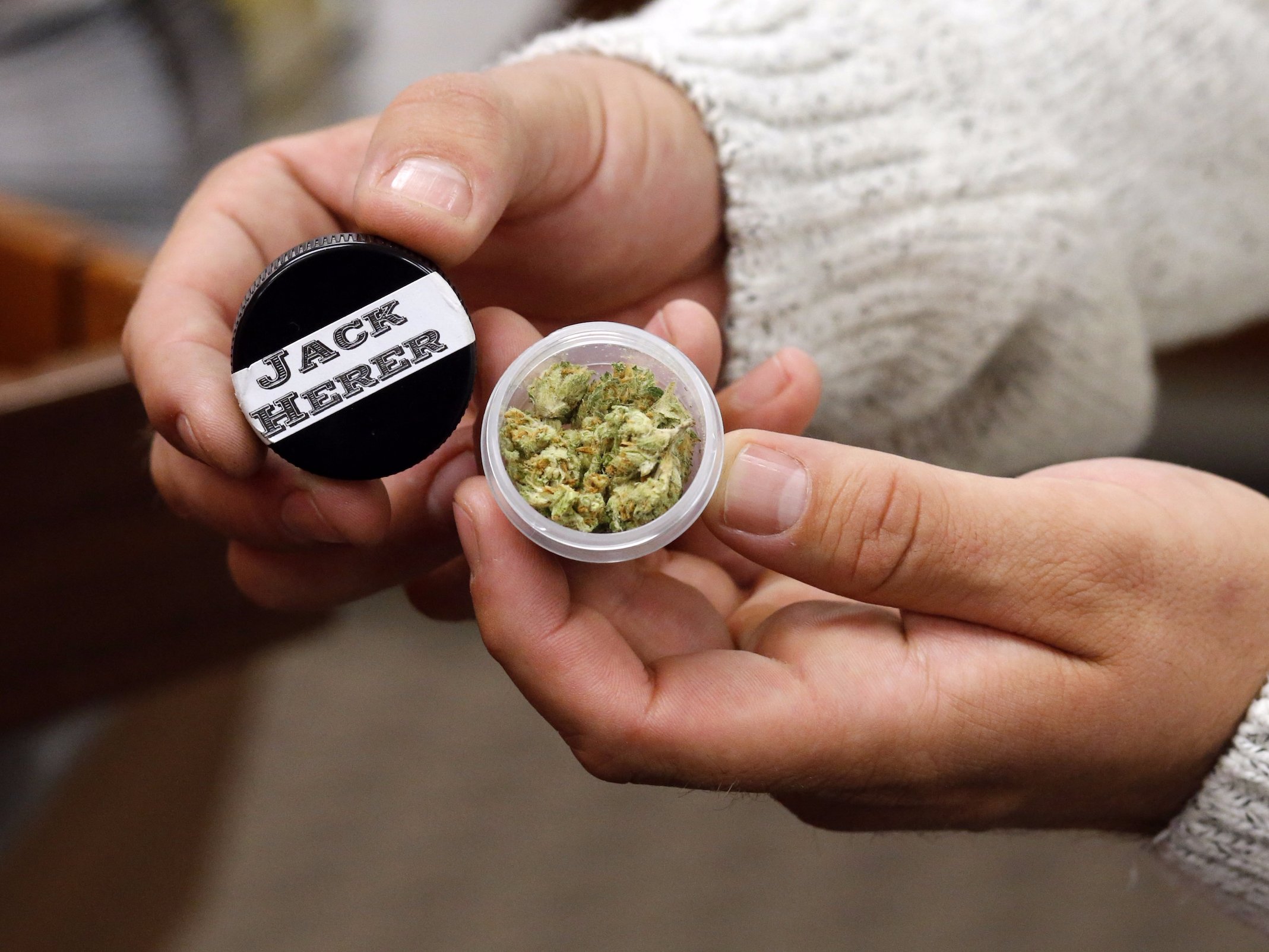“I don’t have an explanation. This is somewhat surprising,” Nora Volkow, director of NIDA, told US News & World Report.
In 2016, seven states voted to legalize marijuana in some form. One in five Americans will soon live in states where they can purchase the Schedule I drug without a letter of recommendation from a doctor.
Opponents of legalization often cite increased usage among teens as a reason for tabling legalization bills. But the data provided by researchers at the University of Michigan appears to debunk the myth.
“We had predicted based on the changes in legalization, culture in the US as well as decreasing perceptions among teenagers that marijuana was harmful that [accessibility and use] would go up. But it hasn’t gone up,” Volkow said.
Among 8th-graders, the rate of students who used marijuana in the past 12 months plummeted from 11.8% in 2015 to 9.4% in 2016, its lowest level since 1993. The number of 8th-graders who light up monthly dropped from 6.5% in 2015 to 5.4% in 2016.
Rates of marijuana use among 10th- and 12th-graders remained stable year over year. High school seniors also gave slightly increased indications that they could easily access marijuana.
 Timothy J. Gonzalez/AP
Timothy J. Gonzalez/AP
Activists on both sides of the legalization issue will be mulling over the data in the weeks ahead.Volkow told US News & World Report that “the fact that teens spend more time around computers and less time around friends who could offer them drugs” might be reason for the decline.
Those in favor of legalization, however, point to better education and public awareness as a possible cause for the data shift.
“Every time a state considers rolling back marijuana prohibition, opponents predict it will result in more teen use. Yet the data seems to tell a very different story,” Mason Tvert, a spokesperson for the pro-legalization Marijuana Policy Project, said in a statement.
“The best way to prevent teen marijuana use is education and regulation, not arresting responsible adult consumers and depriving sick people of medical marijuana,” Tvert said.
Ethan Nadelmann, executive director of the Drug Policy Alliance, offered up another explanation in an interview with US News & World Report.
“Maybe marijuana use is becoming less and less a symbol of rebellion among teenagers,” Nadelmann said.













